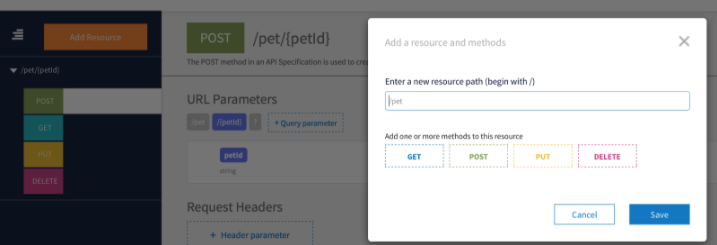API Modeling: A Zero-Code Way To a Designer API
Blog: The Tibco Blog
To successfully compete or even survive in today’s ever-changing business climate, organizations need to become more agile. They need to respond to customer expectations and market changes more quickly. Companies are doing this by using and building APIs. APIs are the model for quickly building and growing successful businesses. The Internet has transformed from a network of informational web pages to an ecosystem of APIs and applications that work together to empower new applications, new businesses, new ways of working together, and new business opportunities.
While I was preparing my presentation for Cloud Expo 2016, one of my friends at TIBCO mentioned that APIs have been around forever. Whether it is a CORBA interface, a Java class that exposes methods, or the JSON messages that traverse the HTTP methods, they are all Application Programming Interfaces (APIs). The big difference is that today, you don’t need a degree in computer science to be able to understand them. That made sense to me, but while it doesn’t take a computer science degree to understand APIs, most tools do require you to have one to create them.
Creating an API from scratch can be a difficult task as you need to understand semantics and structure of the modeling language and, quite frequently, you need a text editor to build the model. Creating the model of an API first eliminates the sequential step development that often leads to long, drawn out development projects. With the API Modeler in TIBCO Cloud Integration we’ve taken an approach to visually create API contracts on the web. The graphical modeling interface allows for the creation of an Open API (formerly known as Swagger) contract for the API, without writing a line of code. Eliminating the need to write code is important as the market shifts development responsibility to departments and lines of business from IT.
With the API modeling capability in TIBCO Cloud Integration you can generate the skeleton of your API in a few clicks, where the only required information is the name and the version of your API contract. Adding new resources is as easy as clicking the large orange button and giving the new resource a name.
APIs also have input and output and when you’re designing an API, you usually have a pretty good idea how they’ll look. Validation of these in- and outputs, with JSON schemas, should also be easy to do, right? With the API modeling capability in TIBCO Cloud Integration you can take those in- and outputs and have TCI create the JSON schema for you! When you generate a mock application from the specification and view the API contract you can see all the messages defined in a way that doesn’t require a degree to understand or create them! With TIBCO Cloud Integration, you have a zero-code way to design and create APIs. Test out a free TCI trial today.
Leave a Comment
You must be logged in to post a comment.








